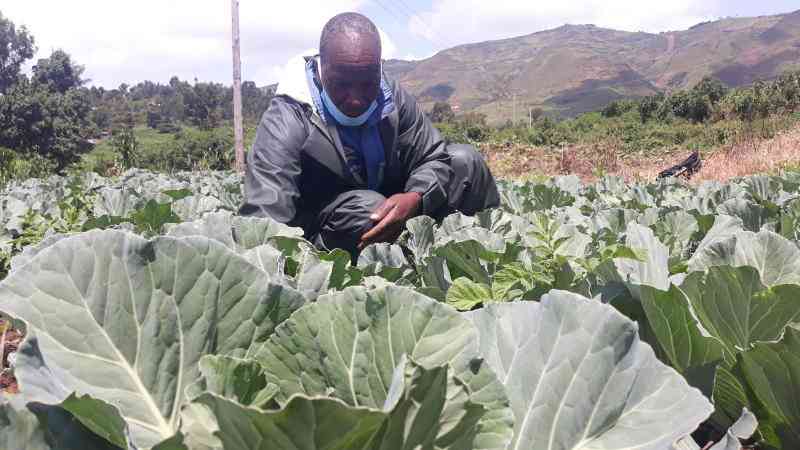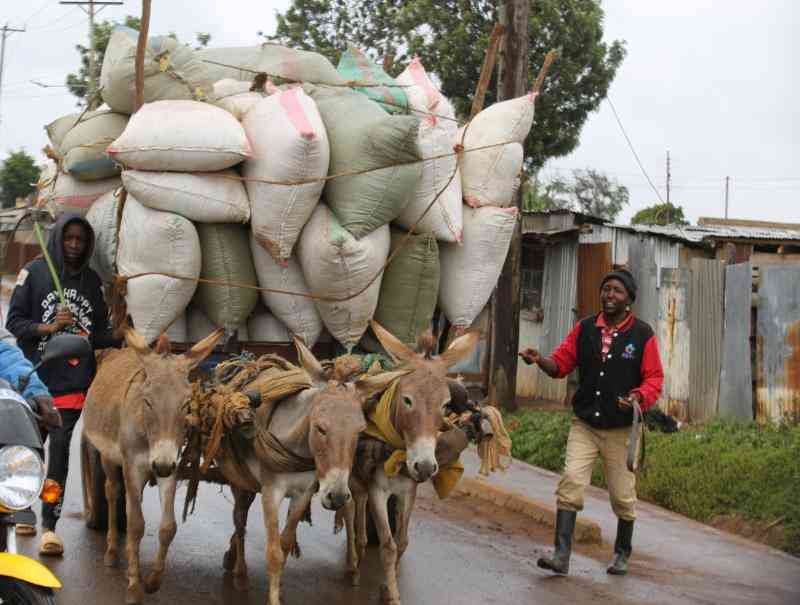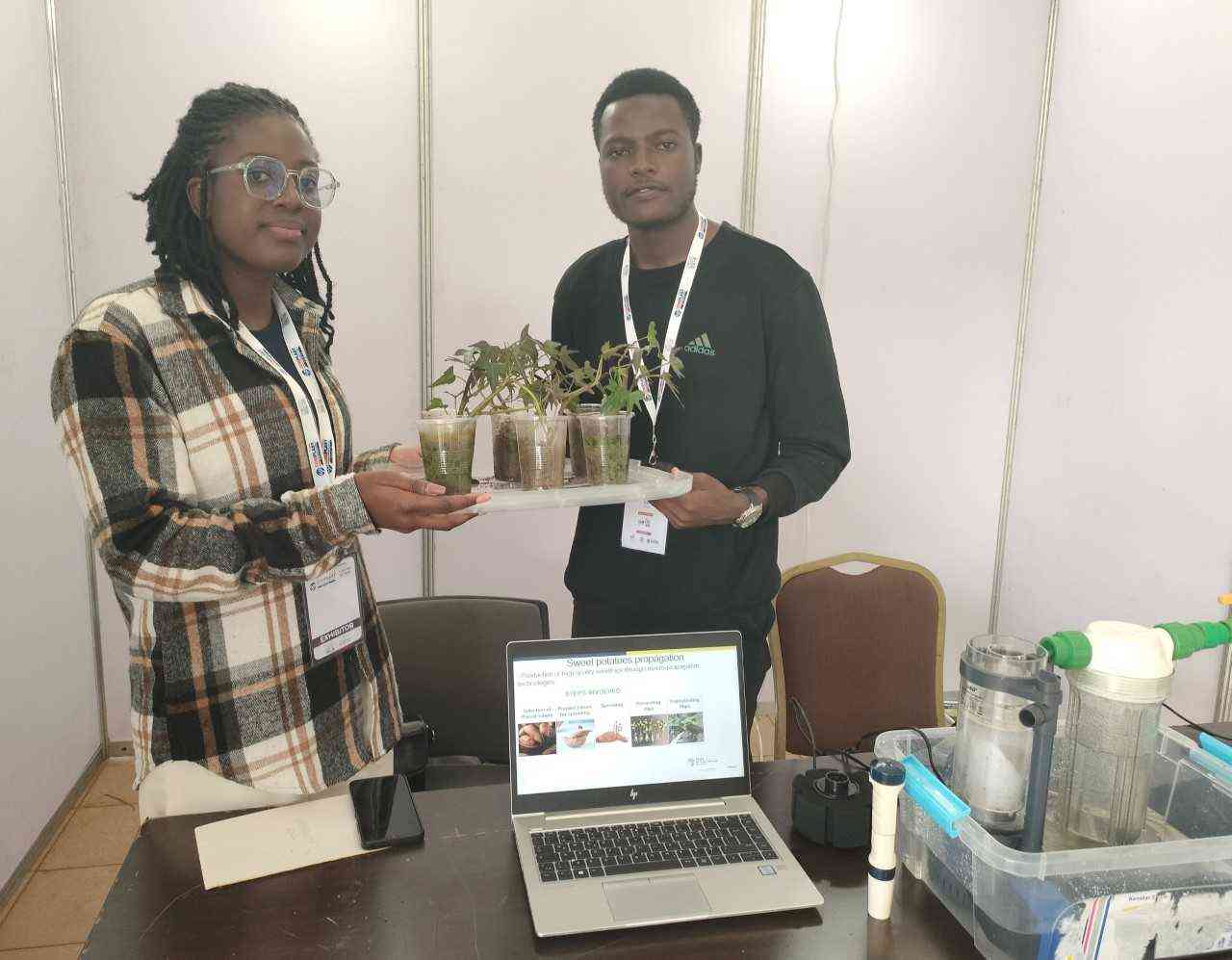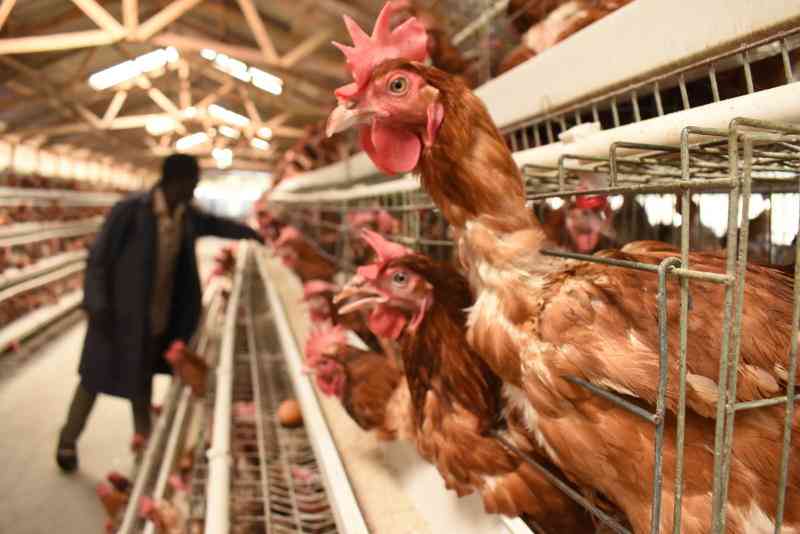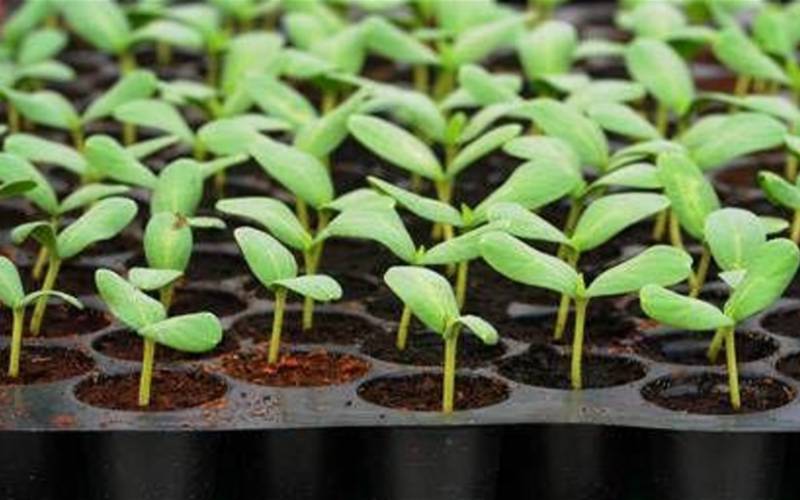
Seed propagation is the method of planting new crop where multiplying, reproducing, or breeding new plants is involved and that is done through the use of seeds.
Seeds are made up of three separate parts, and when a seed matures in an optimal environment, it will germinate and actively grow. Seed propagation occurs naturally, but can be done intentionally by growers and farmers.
One Keziah Nderitu a seedling farmer in Murang’a County gives us tips to seedling propagation/planting.
“To obtain quality plants, start with good quality seed from a reliable dealer. Select varieties to provide the size, color, and habit of growth desired. Choose varieties adapted to your area which will reach maturity.” Says Nderitu.
Many new vegetable and flower varieties are hybrids, which cost a little more than open pollinated types. However, hybrid plants usually have more vigor, more uniformity, and better production than non-hybrids and sometimes have specific disease resistance or other unique cultural characteristics.
Propagating seeds can be done easily again and again if you know the factors that lead to success. According to Nderitu the biggest factors are;
Air and Temperature
Keeping the air around room temperature 19 degrees to 25 degrees is ideal for germination and rooting of cuttings for most plants you’ll encounter.
Growing
As long as there’s sufficient air, nutrients, and water, plants will grow.
There are many different varieties of growing media. Most soil blends have nutrients within it, while many non-blends are sterile (clay balls, peat, perlite, rock wool).
“Some you will only want to use if you were growing hydroponically (clay balls, rock wool), and some you will only want to use if you were transplanting into the soil.” Says Nderitu
Air Flow
Inexperienced growers cause stress to their seedling by not giving them space for air to flow, this creates an environment for pests to hang out and lay eggs. You want enough flow to make sure the air around the plant is always new and not ‘stagnating’.
According to Nderitu, “Don’t overdo it, your plants will dry out. The amount of air you make from a whistle is an approximation of what good airflow feels like.”
Water
Be careful not to over or underwater. What growing media you choose will depend on how well it retains moisture, impacting how often you’ll need to irrigate. Drying out can starve a tiny seedling, while over watering can drown them. Just imagine, if you were a tiny root with even tinier root hairs, what would be the ideal range?
Humidity
An environment with high humidity helps protect your fragile seedling from drying out in between watering. Plants take up water through their root system and leaves.
“Aim for a relative humidity of 85 per cent or more.” Says Nderitu.
Light
Tiny budding seeds don’t need powerful high-tech lights. Many microgreen growers find that the relatively cheap shop lights work well in growing plants to the first true leaf stage.
In general, as the seedling grows taller, the light requirements increase, which is why you will see some farmers using more powerful pink LED lights in their propagation areas.
What you need to know
In seed propagation, seeds can be germinated and planted in individual containers or starter plugs until they form seedlings. Once germinated, these seedlings can then be transferred to larger containers, or planted in beds or fields.
Seeds can be sown directly into the ground and allowed to grow. Seeds can be gathered from parent plants, or they can be purchased at many different retailers.
As an alternative to seed propagation, gardeners can also propagate plants via plant cuttings, grafting, or plant tissues, depending in their skillset, range of equipment they have available, and the plants they are wishing to propagate.
Want to get latest farming tips and videos?
Join Us
 The Standard Group Plc is a multi-media organization
with investments in media platforms spanning newspaper print operations,
television, radio broadcasting, digital and online services. The Standard Group
is recognized as a leading multi-media house in Kenya with a key influence in
matters of national and international interest.
The Standard Group Plc is a multi-media organization
with investments in media platforms spanning newspaper print operations,
television, radio broadcasting, digital and online services. The Standard Group
is recognized as a leading multi-media house in Kenya with a key influence in
matters of national and international interest.
 The Standard Group Plc is a multi-media organization
with investments in media platforms spanning newspaper print operations,
television, radio broadcasting, digital and online services. The Standard Group
is recognized as a leading multi-media house in Kenya with a key influence in
matters of national and international interest.
The Standard Group Plc is a multi-media organization
with investments in media platforms spanning newspaper print operations,
television, radio broadcasting, digital and online services. The Standard Group
is recognized as a leading multi-media house in Kenya with a key influence in
matters of national and international interest.


